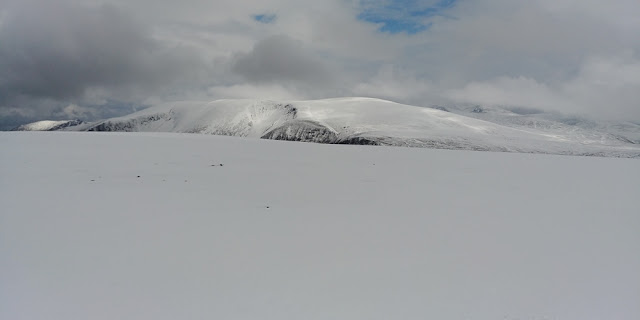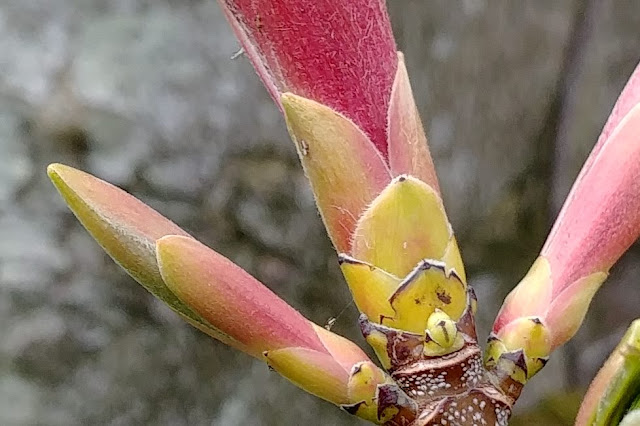A Chequered Skipper Carterocephalus palaemon sunbathes on a patch of Highland grassland. May is one of the best times to visit the Highlands and it is the month when these marvellous little butterflies begin to fly.
Loch Arkaig, Lochaber, in the west Highlands of Scotland. And the road into the general area where I found these rare and protected skippers.
Glen Dessary at the head of Loch Arkaig. The slopes of the upper glen are clothed in moist grassland, dominated by Purple Moor-grass Molinia caerulea, the main food plant for Chequered Skipper caterpillars. The butterfly's stronghold in the UK is in the western Highlands, where this habitat is abundant.
A site shot of where I found the skippers. The butterflies were making short flights over the grassland on the edge of the woodland, landing frequently to disappear into the herbage. If they hadn't flown I would not have noticed them. There were four of them flying and chasing one another.
Fortunately they all settled with open wings after their short flights, so identification was easy by the chequered pattern on their wings.
A Green Hairstreak Callophrys rubi rests on a clump of sphagnum moss. They are named after the faint white line across the underside of their wings. There were three of these in the same little sheltered patch as the skippers. The main food plant for their caterpillars in the area is Bilberry Vaccinium myrtillus. These are more common and widespread in the Highlands, and mostly fly in May or June.
And there was also a Large White Pieris brassicae flying over the area. They are abundant over most of the country.




































